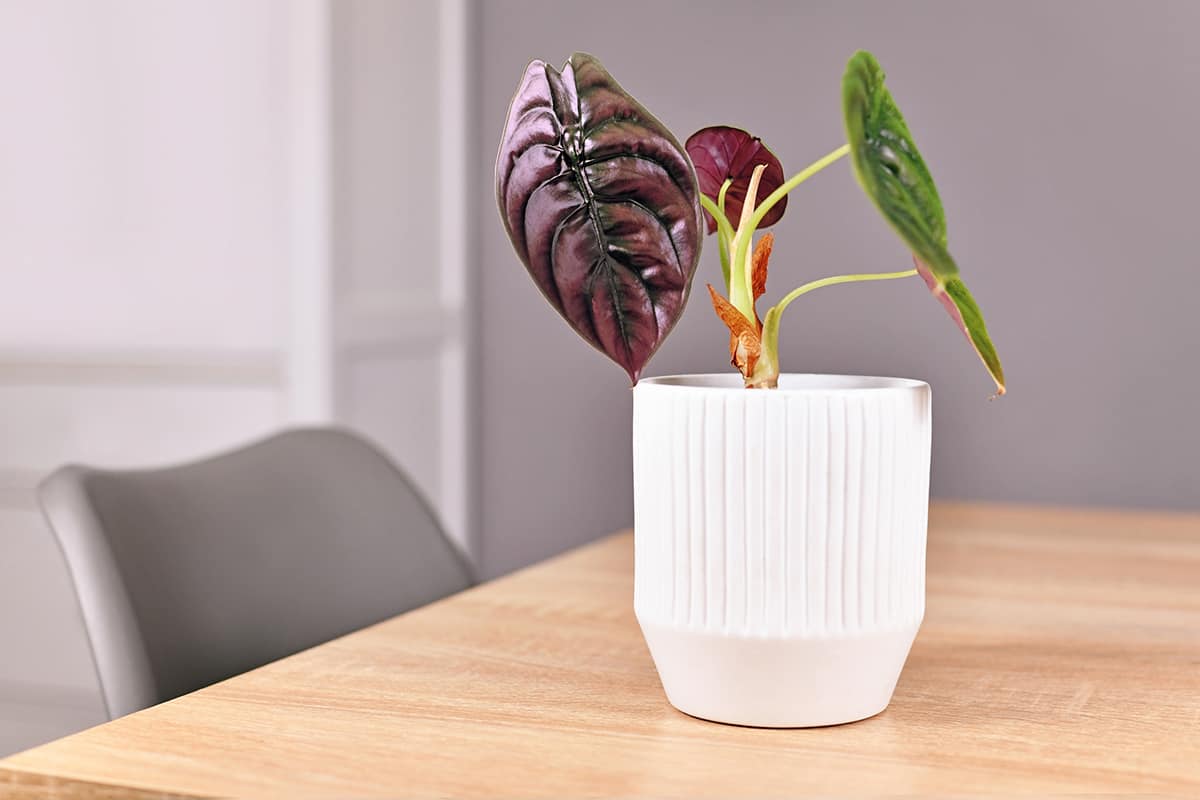As you scan the shelves of your local nursery, a peculiar plant catches your eye. Unlike the usual greenery, this one boasts unusual colors and an exotic shape. This is the thrill of discovering rare houseplants, which can transform your home into a unique botanical showcase. Let’s explore the world of these uncommon beauties and how to care for them to ensure they thrive in your space.
Table of Contents
Monstera Obliqua
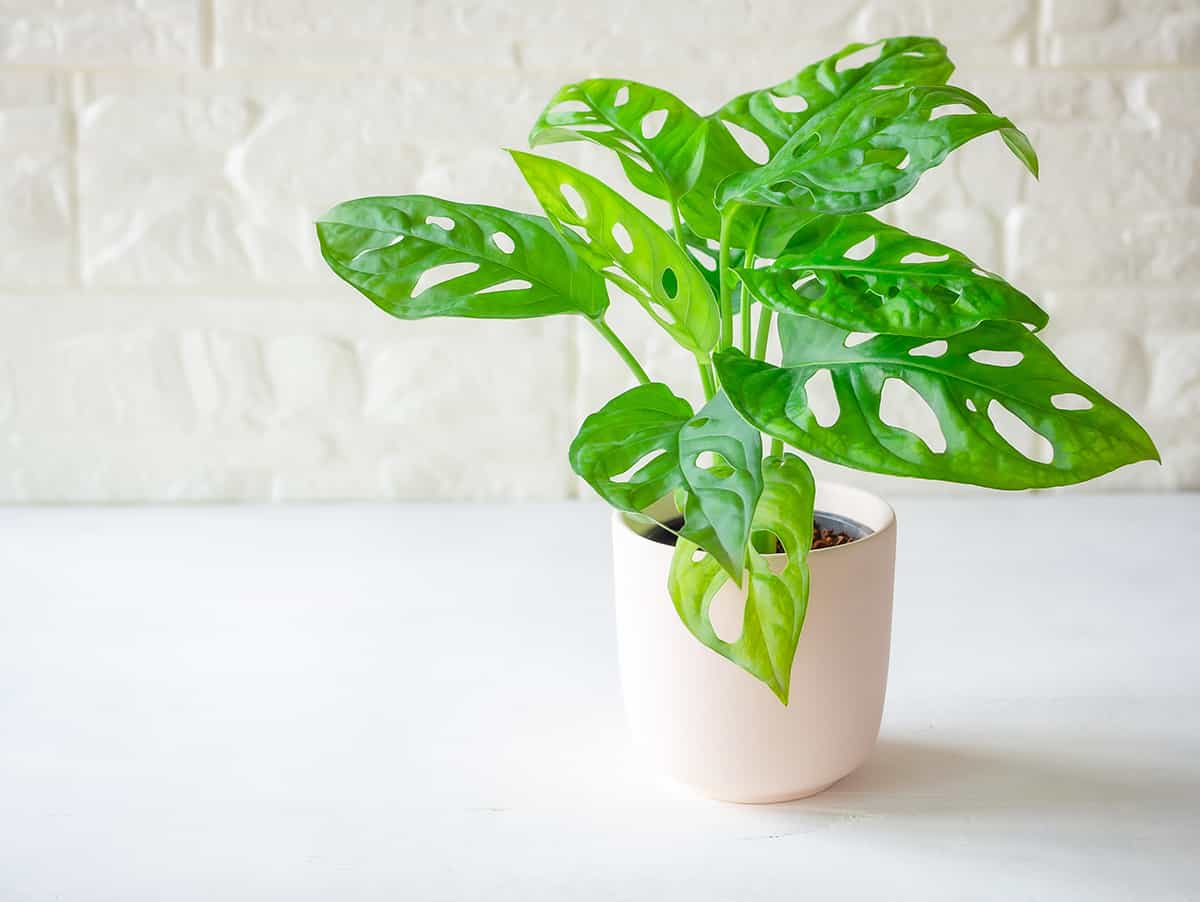
Monstera Obliqua is a tropical plant you might find intriguing. It’s known for its distinctive perforated leaves which differ from Monstera Deliciosa, its close relative. Native to Central America, this plant thrives in humid, understory conditions.
Monstera Obliqua enjoys medium indirect light and consistent moisture without waterlogging. You will water it when the topsoil feels dry. Support its climbing nature with a stake or trellis to encourage upward growth.
This plant is rare and often sought after by enthusiasts. It showcases oval leaves with dramatic perforations that create a unique visual texture. Smaller than the split-leaf philodendron, Monstera Obliqua adds an exotic touch to your home.
Proper placement and routine care is key. You’ll find it flourishes best when placed in a spot with filtered light and high humidity, mimicking its native habitat. A regular misting schedule helps maintain the ideal microclimate.
If the leaves yellow, it could signal overwatering or poor drainage. Conversely, browning tips may indicate low humidity levels.
Philodendron Spiritus-Sancti
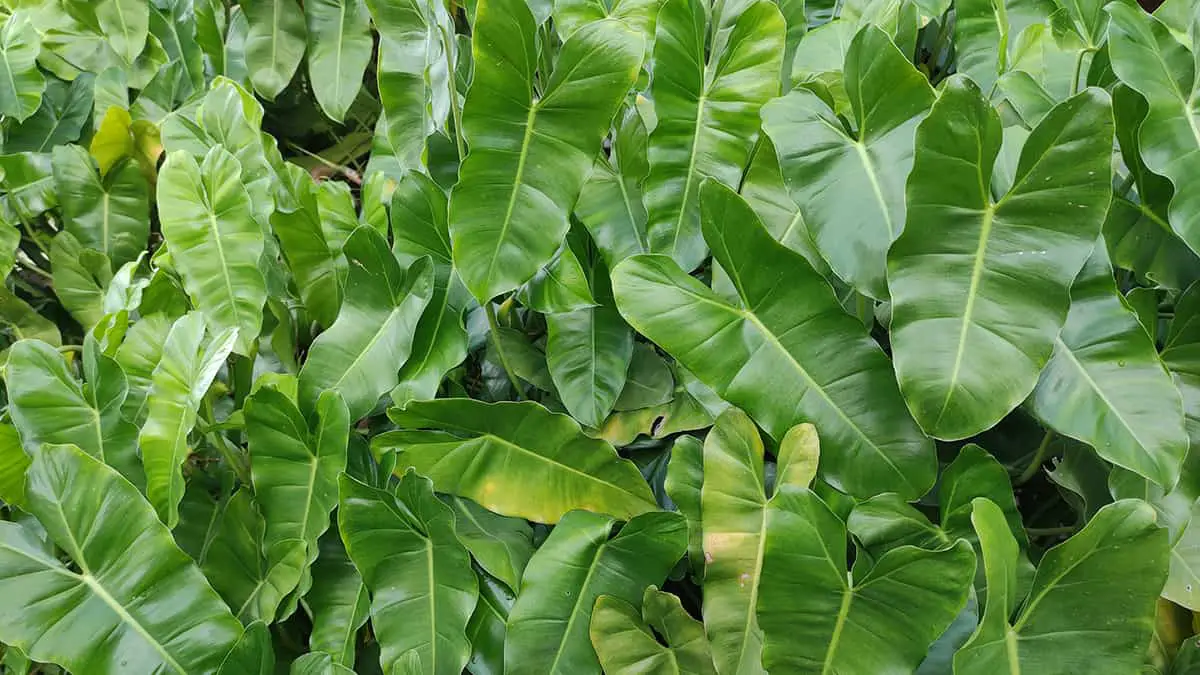
The Philodendron Spiritus-Sancti is among the rarest houseplants available, primarily due to its limited natural habitat in Brazil. This plant is easily recognizable by its long, green leaves that gracefully taper to a point.
In terms of appearance, the Philodendron Spiritus-Sancti features striking foliage, with each leaf capable of growing up to 5 feet in length. The leaves’ bright green color and glossy finish make them particularly eye-catching.
Regarding care, the Philodendron Spiritus-Sancti thrives in indirect sunlight paired with well-drained soil. It flourishes best in a humid environment with moderate temperatures. It is important to water the plant only when the topsoil feels dry to the touch.
For propagation, the Philodendron Spiritus-Sancti can be grown from stem cuttings, although it is a slow grower and requires patience. Providing the right conditions is crucial for encouraging its growth.
Due to its rarity, acquiring a Philodendron Spiritus-Sancti can be quite challenging. Your best bet is to seek out specialist collectors or nurseries that understand and appreciate its value.
Anthurium Warocqueanum
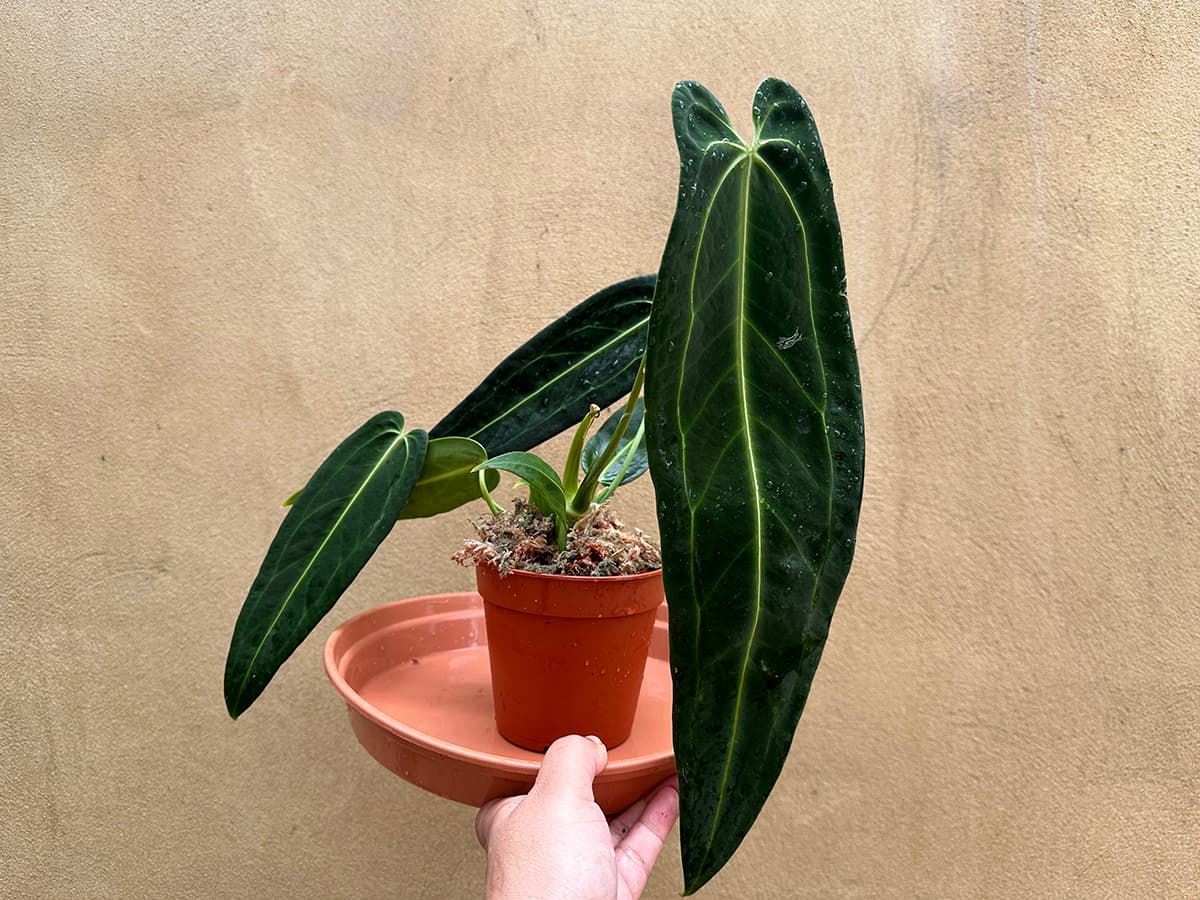
The Anthurium Warocqueanum is known for its striking foliage. You can recognize it by its long, dark green leaves. These leaves feature velvety textures and can grow quite large, giving the plant a dramatic flair in your home. Extra care keeps them thriving indoors, where they add a touch of the tropics.
This rare houseplant originates from Colombia. It flourishes in a warm, moist climate. In your own space, you must mimic its natural habitat. Provide high humidity and avoid direct sunlight. This ensures the Anthurium Warocqueanum’s health and growth.
Your Anthurium Warocqueanum needs well-draining soil. This is crucial for preventing root rot. Watering should be regular but allow the soil to dry out slightly between waterings. Balance is key for this plant’s care.
Variegated Monstera Deliciosa
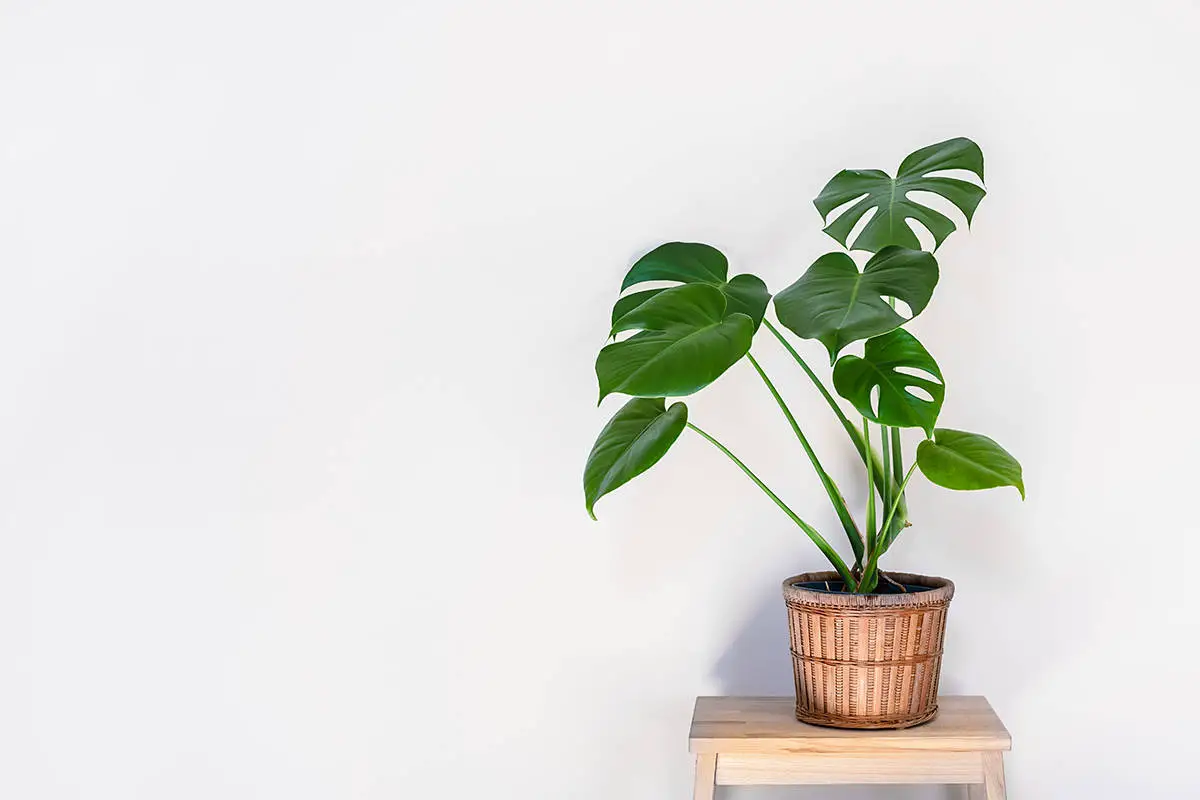
The Variegated Monstera Deliciosa is a stunning plant you’ll love for its unique leaves. Each leaf showcases a pattern of white and green, making them highly sought after. They are less common than the standard Monstera because the variegation is due to a genetic mutation.
Caring for your Variegated Monstera requires attention to light and water. Bright, indirect light keeps the patterns vibrant. Water when the top inch of soil feels dry. This will ensure your plant thrives.
You can propagate these plants through stem cuttings. Ensure each cutting has at least one leaf and a node. Rooting in water before potting increases success.
Plant growth varies depending on the environment. For best results, provide a warm room and a humidifier. This climate mimics their natural tropical habitat.
Rhaphidophora Tetrasperma ‘Mini Monstera’ Variegata
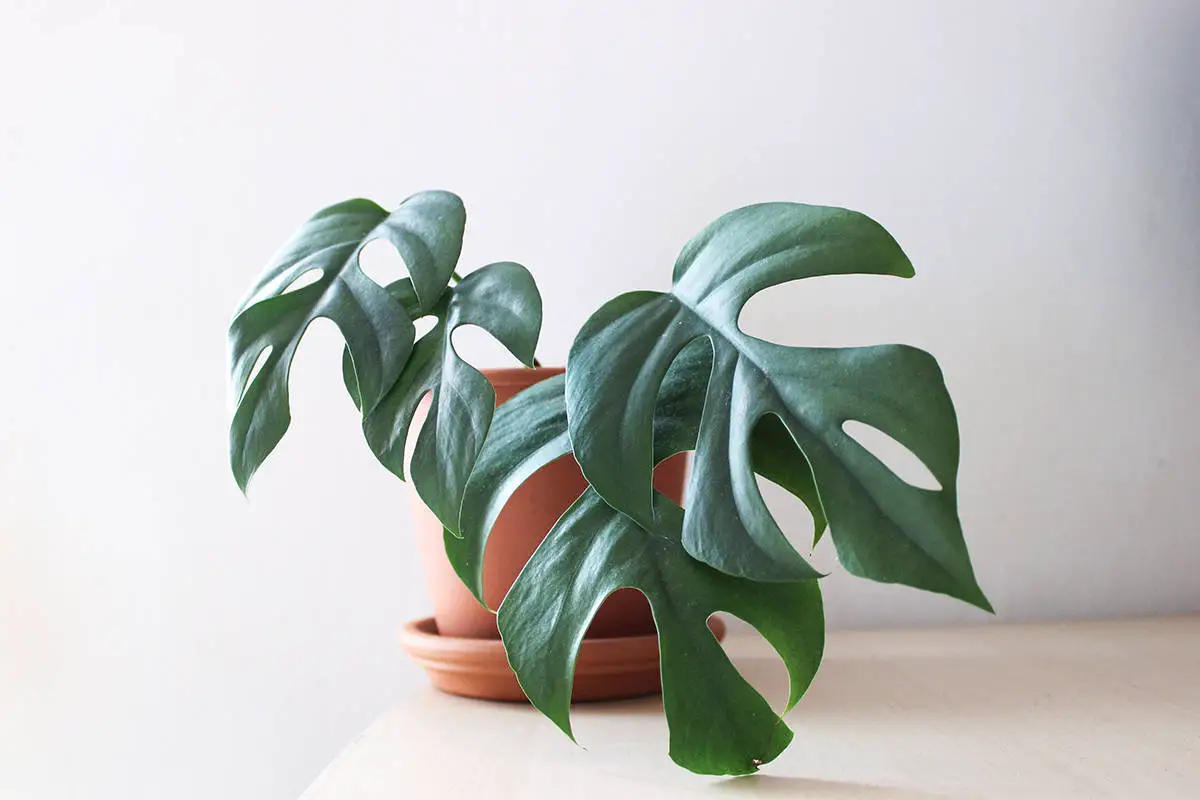
The Rhaphidophora Tetrasperma ‘Mini Monstera’ Variegata is a rare plant you might consider for your indoor collection. Its captivating variegated leaves make it a standout among houseplants. Known for the unique patterns of white and green on its foliage, this plant mimics the Monstera’s split leaves but in a miniature form.
Caring for your Mini Monstera Variegata is straightforward. You should water it when the soil’s top layer feels dry. Provide bright, indirect light to maintain its vibrant variegation. Overexposure to direct sunlight can harm its leaves, causing them to lose their distinct coloration.
This magnificent houseplant rarely flowers indoors, so it’s primarily appreciated for its ornamental leaves. You will find it thrives in a well-draining potting mix, which prevents root rot. Light fertilization will support its growth during the spring and summer.
With the right conditions, your Mini Monstera Variegata can become a focal point in your home. Its stunning leaf patterns and manageable size fit well into any indoor green space.
Alocasia Azlanii
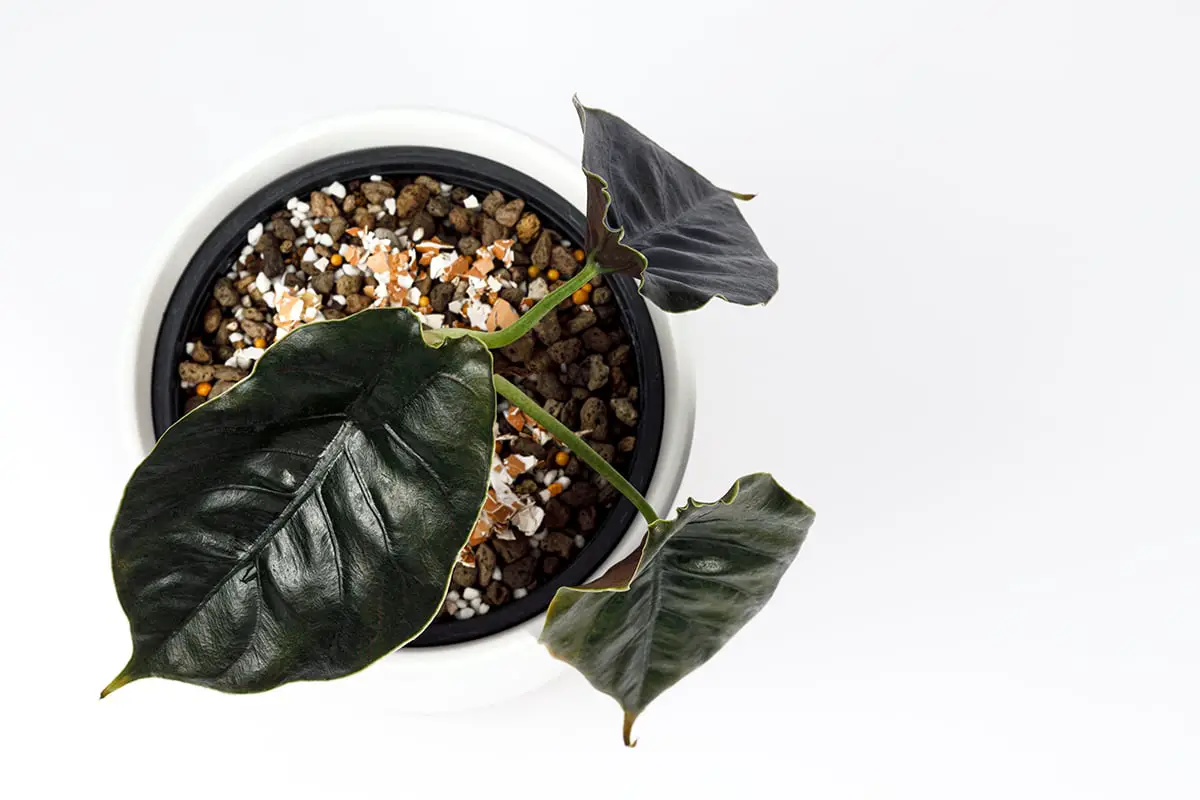
Alocasia Azlanii is a coveted gem among houseplant enthusiasts. You’ll recognize it for its deep green leaves and striking reddish-black veins. Its rarity makes it a prized possession.
To care for your Alocasia Azlanii, ensure you provide ample humidity. The plant thrives in a warm and moist environment, so regular misting helps. It requires indirect, bright light to maintain the vibrancy of its leaves.
When it comes to soil, pick a mix that offers good drainage. Your Alocasia Azlanii likes to stay moist but not waterlogged. Overwatering can lead to root rot, which is harmful to the plant.
Your Alocasia Azlanii is sensitive to temperature changes. Keep it away from drafts and maintain a consistent warm temperature. The plant is not frost-hardy, so indoor living suits it well.
Pink Princess Philodendron
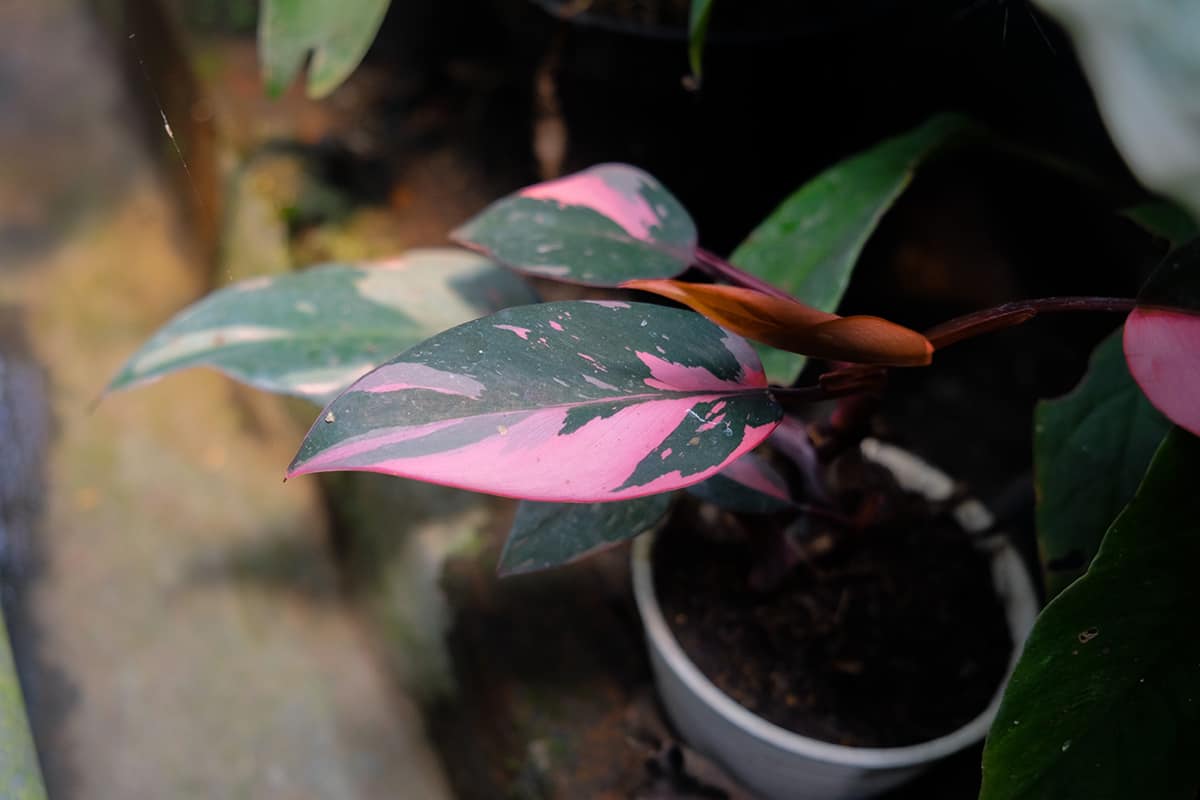
The Pink Princess Philodendron is a stunning houseplant you may adore. Its leaves reveal a palette of dark green and vibrant pink. It’s a variant of Philodendron erubescens, known for its unique colorful leaves.
Caring for this plant involves providing ample light but avoiding direct sun. Its pink variegation can become more pronounced when you manage light conditions effectively. To maintain the brightness of its leaves, place the Pink Princess in a well-lit room, but out of direct sunlight.
Watering should be moderate. You’ll want the soil to be slightly moist. Over-watering can damage the plant, so ensure the pot has good drainage. Touch the soil; if the top inch feels dry, it’s time to water.
For optimal growth, feed your Pink Princess Philodendron during the growing season. Use a balanced, water-soluble fertilizer every month. In colder months, reduce feeding as growth naturally slows.
Propagation is possible if you wish to multiply your collection of these beauties. Cuttings with at least one leaf node can root in water or directly in soil. Keep the new cutting moist and in indirect light for it to thrive.
Alocasia Cuprea ‘Red Secret’
The Alocasia Cuprea ‘Red Secret’ is a sought-after houseplant. As you look for rare plants to grow, consider its striking appearance. Its leaves display a metallic shine, resembling copper. This feature earned it the nickname ‘Mirror Plant’.
You’ll find it adds an exotic touch to your home. Care for it right, and its beauty enhances your space. It prefers a warm and humid environment. Shield it from direct sunlight to maintain the leaf color.
Water this plant when the topsoil feels dry. Overwatering may harm its roots. Ensure you plant it in a well-draining soil mixture. This promotes healthy growth and prevents rot.
Keep your ‘Red Secret’ in a pot with drainage holes. It prevents water from stagnating at the bottom. Your plant will thrive in these conditions. Remember, Alocasia Cuprea ‘Red Secret’ is toxic if ingested. Keep it away from pets and children.
Begonia Maculata ‘Wightii’
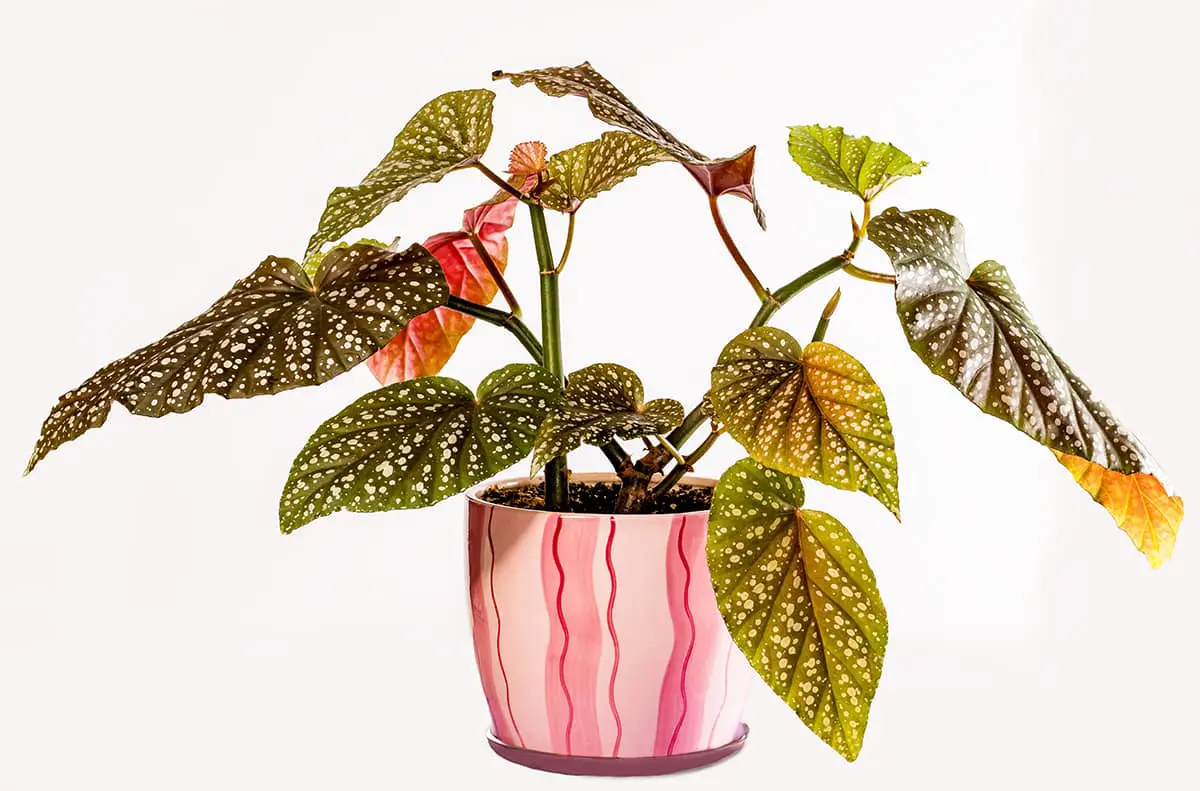
The Begonia Maculata ‘Wightii’, often known as the Polka Dot Begonia, stands out for its unique foliage. Its leaves are olive green and covered with silver dots, resembling the pattern of a spotted animal. With leaves that look like wings, this plant brings a distinct flair to your home. Its undersides are a contrasting red, which adds to the visual interest.
Polka Dot Begonia favors bright, indirect light but can also adapt to medium light conditions. Proper watering is crucial; the soil should remain slightly moist, but not waterlogged, to prevent root rot.
In your home, the Begonia Maculata ‘Wightii’ can serve as a conversation piece. It blooms frequently indoors, showcasing delicate white or pink flowers. These blossoms complement the striking foliage and may appear throughout the growing season.
When growing this begonia, ensure you give it room to thrive. It can reach considerable heights indoors, so plan your space accordingly. This plant also enjoys high humidity but watch out for symptoms of mildew.
String Of Hearts ‘Variegata’
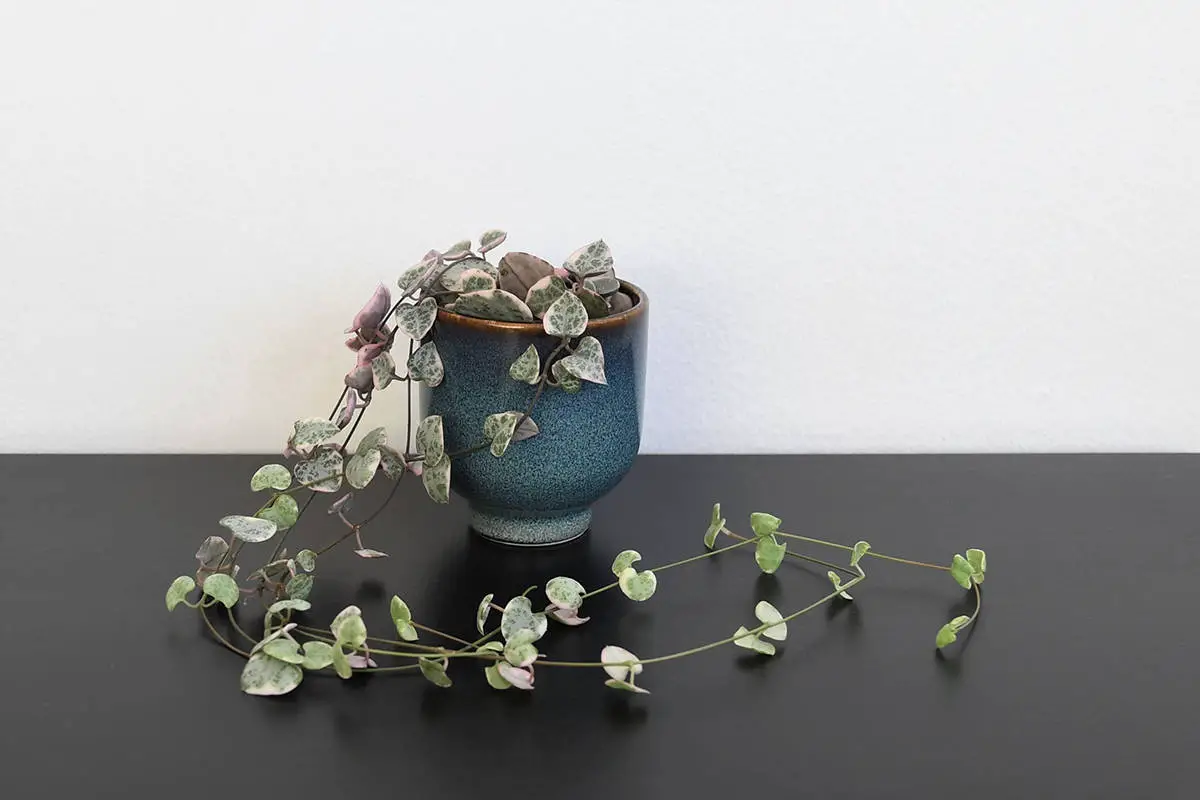
String of Hearts ‘Variegata’ is a captivating houseplant. Its heart-shaped leaves feature a blend of green and cream colors. Thin, trailing vines make it perfect for hanging baskets.
You will find the foliage sometimes colored with pink hues. It adds a delicate contrast. This variant of the Ceropegia woodii thrives in bright, indirect light.
Care for your String of Hearts ‘Variegata’ by letting the soil dry out between waterings. It prefers well-draining soil. You must protect it from cold drafts.
Initiate propagation by stem cuttings. Place them in water or soil. They will develop roots, growing into new plants. Enjoy the cascading beauty of your String of Hearts ‘Variegata’ throughout your home.
